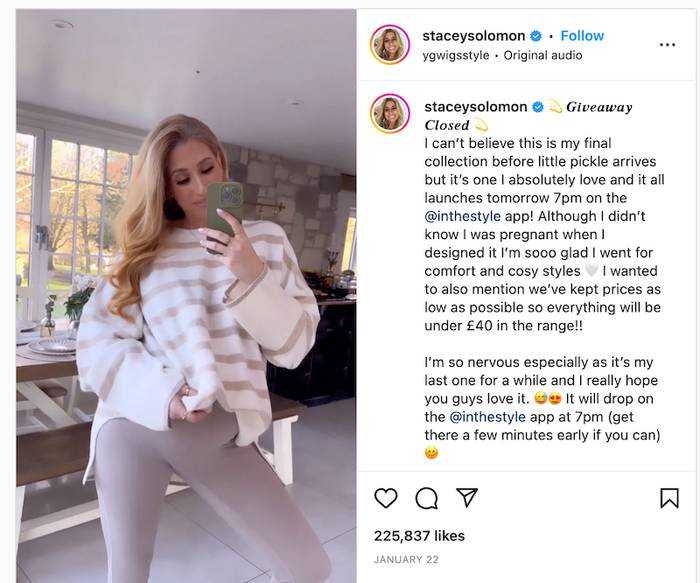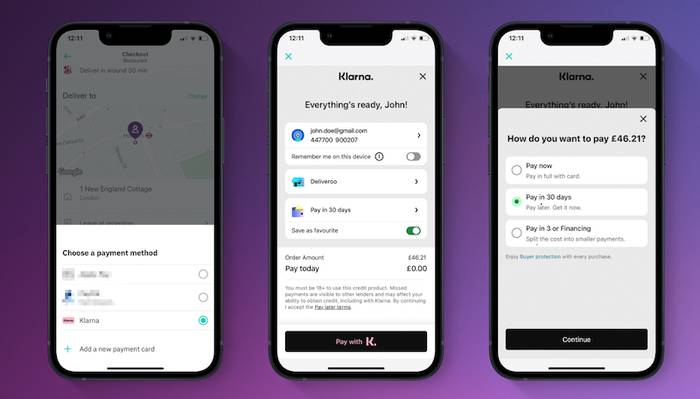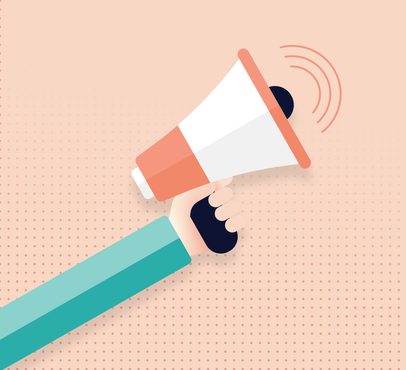People are moving away from detached clinical brands, instead seeking connection, humanity, relatability and emotions from their content.
Human brands are the future - let’s take a deeper look at what that means and how to achieve it.
Out with the cold, in with the YOU
There was a time when a lot of brands were expected to be consummate professionals at all times online - speaking formally to their audiences, with little-to-no room to play, have fun or really forge connections. The invention and boom of social media has brought a change in this dynamic and consumers have shorter than ever attention spans, so content has to hit, hard and fast in a very short space of time.
Why is it important for brands to be ‘human’ online?
Research shows that 94% of us will stay loyal to a transparent brand, with 75% happy to pay more to buy from a brand they believe to be genuine. People buy from people; those brands harnessing the power of ‘being human’ - openly communicating their vision, people and ethos - are set to benefit from this trend.
Seeking human connection is not a new phenomenon, but the pandemic placed a much greater emphasis on building connection digitally, when doing so physically was more challenging (and less desirable).
As consumers, we sought out connection and experience online and as a result, our expectations on brands to attempt to connect to us and increase reliability has increased.
This is about user experience going beyond a smooth checkout and simple navigation (though these things absolutely retain their importance even within this discussion). User experience is now about ease, but also about ensuring your social media channels, ads and content are experiential in nature; by this we mean they deliver a feeling, sentiment, result or outcome similar to the hands-on, personal service you might enjoy in a bricks and mortar store.
But how?
You want your content to feel like tailor-made service for your audiences - this sounds hard if you have broad demographics or people of varied interests as customers, but it really just means paying attention to what they’re asking, consuming, enjoying, engaging with on the internet - enter why the occasional trending sound on TikTok may boost your engagement (this is highly simplified, but you get the gist). We are in the process and era of ‘digital humanisation’.
One of the best ways to do this is to create content and interact with audiences in a way that allows them into your brand and the people or ethos behind it. In doing this you can show them you understand them and care about their preferences, interests and values.
How do I humanise my brand?
Naturally, making use of people is key to humanising your marketing. User-generated content is a great way to appear as authentic and relatable as possible, and be sure to be mindful of barriers to conversion - cost concerns, economic issues and even time until payday. Incentives and loyalty schemes can help to show you’re accommodating your consumers.
Remember that people buy from people
This old adage is certainly true and the pandemic made us a little more clingy for connection (albeit digitally as opposed to physically as we’ve noted). Seeing brands utilise people in their campaigns speaks to our brains.
If we see people that look, act, think like us in campaigns, we start to envisage how that product or service can work for our lives. We all want to see ourselves represented in the brands we engage with and the better brands do this, the more invested we become in their products and services. This can be done by utilising the people behind the brand and sharing more about how they help deliver what you do, or utilising them to share their favourite products etc. This can also be achieved with the right influencers.
A great example of this is former The X Factor star Stacey Solomon. She is well known for her down-to-earth Instagram where she has followers hanging on her every word and snapping up her recommendations. While she may now be living the high-life, her humour, nature and approach has created a trusting community that are very bought into her personal brand.
She has great success selling her ranges via In the style and her giveaways attract a huge amount of attention. Stacey knows how to keep her social media a safe, on-brand and welcoming space and her success is testament to that.
Harness the power of user-generated content
You can achieve that all-important connection and relatability by utilising user-generated content (UCG) and even influencers. Third-party endorsement or support for your brand (even when paid for) still sends that signal that ‘if it works for them it could for me’ - naturally, the consumer supplied imagery and reviews are often the most crucial/useful in many cases (unless your influencer is famous or notable in that space).
A recent TikTok from make-up artist Mikalya Nogueira saw L’Oreal’s Telescopic sell out everywhere. And while there was controversy surrounding whether or not this video featured false lashes to boost the look, the aim of the marketers was met as the product sold out everywhere as consumers rushed to prove or disprove their take on the matter.
The video has been viewed a staggering 55.5 million times and has left shoppers hunting the mascara down as it flies off the shelves. This is a great example of infuencer marketing and it isn’t the first time one of Mikalya’s recommendations has caused a shopper frenzy!
Keep your finger on the pulse and respond accordingly
While it is always a good idea to be sensitive to the challenges and potential barriers to conversion that your customers face, it’s especially necessary when there are universal concerns such as a cost of living crisis/impending recession.
To be seen to be accommodating and ‘human’ you do not need to be slashing prices, but you can tailor your content to show them that you’re aware. This might mean offering incentives, discounts and loyalty rewards, or even offering payment options such as Klarna.
The 'buy now, pay later' offering is definitely a divisive one, but with Klarna now being available on apps such as Deliveroo, it’s clear there’s demand from people seeking to enjoy their favourite things even in tougher times.
When considering how you can accommodate your audiences and their pressure/pain points, don’t forget to refer back to your brand basics - your values, your aims and remember what it is about your brand that you want people to connect with and relate to.
Need a hand humanising your brand?
If you think this sounds like a lot of hard work, or you just don’t know where to start, our team of marketing bods would be delighted to help.
Click the ‘get in touch’ button below or drop us a line through our contact page, by emailing hello@madebyextreme.com or by phoning 01423 396959.
We build stand-out brands with style and substance. Could yours be next?
Get in touchPost by

Amy joined in 2014 to set up our Content department. She now heads up a growing Brand and Content team, utilising over 13 years’ experience to deliver brand awareness through targeted, multi-channel copy. As well as engaging content for websites and blogs, Amy delivers PR strategies and tone of voice exploration, helping clients to communicate the purpose and values of their brand with maximum impact.
Project





